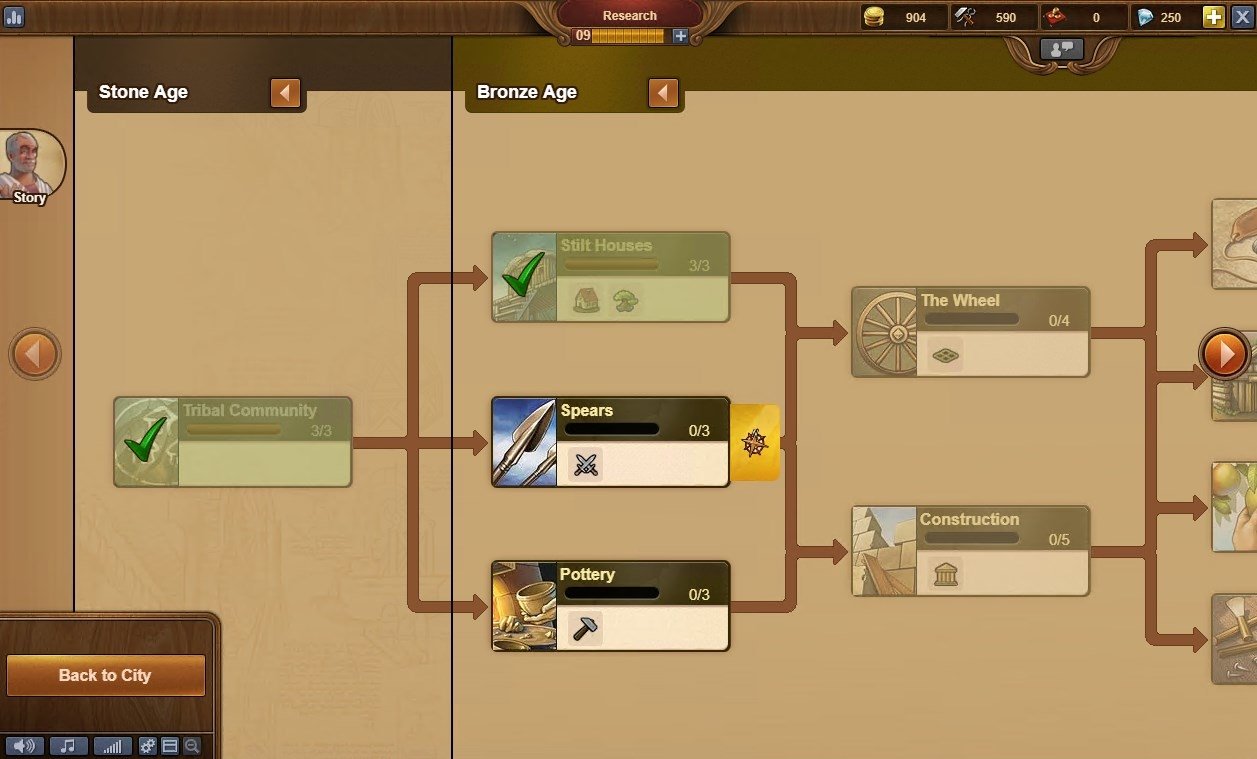

Whether Medea or Medusa, it is possible that the name refers to a French naval vessel. A more recent supposition is that the name derives from " L'Anse à la Médée" ( Medea Cove") the name it bears on an 1862 French naval chart. One possibility is that "L'Anse aux Meadows" is a corruption of the French designation L'Anse aux Méduses, which means " Jellyfish Cove". How the village itself came to be named "L'Anse aux Meadows" is debated. L'Anse aux Meadows is a French-English name which can be translated as "Grassland Bay" (lit. Parks Canada manages the site as outlined under the Parks Canada Agency Act (1998) and the Canada National Parks Act (2000). The site was designated a National Historic Site of Canada in 1968 and a World Heritage Site by UNESCO in 1978. Evidence of iron production and bronze, bone and stone artifacts have been identified. In excess of 800 Norse objects have been unearthed at the site. Spanning 7,991 hectares (30.85 sq mi) of land and sea, the site contains the remains of eight buildings constructed with sod over a wood frame. Archaeological evidence found at the site indicates that L’Anse aux Meadows may have served as a base camp for Norse exploration of North America, including regions to the south. It is notable as evidence of the Norse presence in North America and for its possible connection with Leif Erikson as mentioned in the Saga of the Greenlanders and the Saga of Erik the Red, which were written down in the 13th century. With carbon dating estimates between 990–1050 CE, tree-ring analysis dating to the year 1021 and a mean carbon date of 1014 overall, L'Anse aux Meadows is the only undisputed site of pre-Columbian trans-oceanic contact of Europeans with the Americas outside of Greenland.

The site is located on the northernmost tip of the island of Newfoundland in the Canadian province of Newfoundland and Labrador near St. Meadows Cove) is an archaeological site, first excavated in the 1960s, of a Norse settlement dating to approximately 1,000 years ago.

Location of L'Anse aux Meadows in Newfoundland


 0 kommentar(er)
0 kommentar(er)
